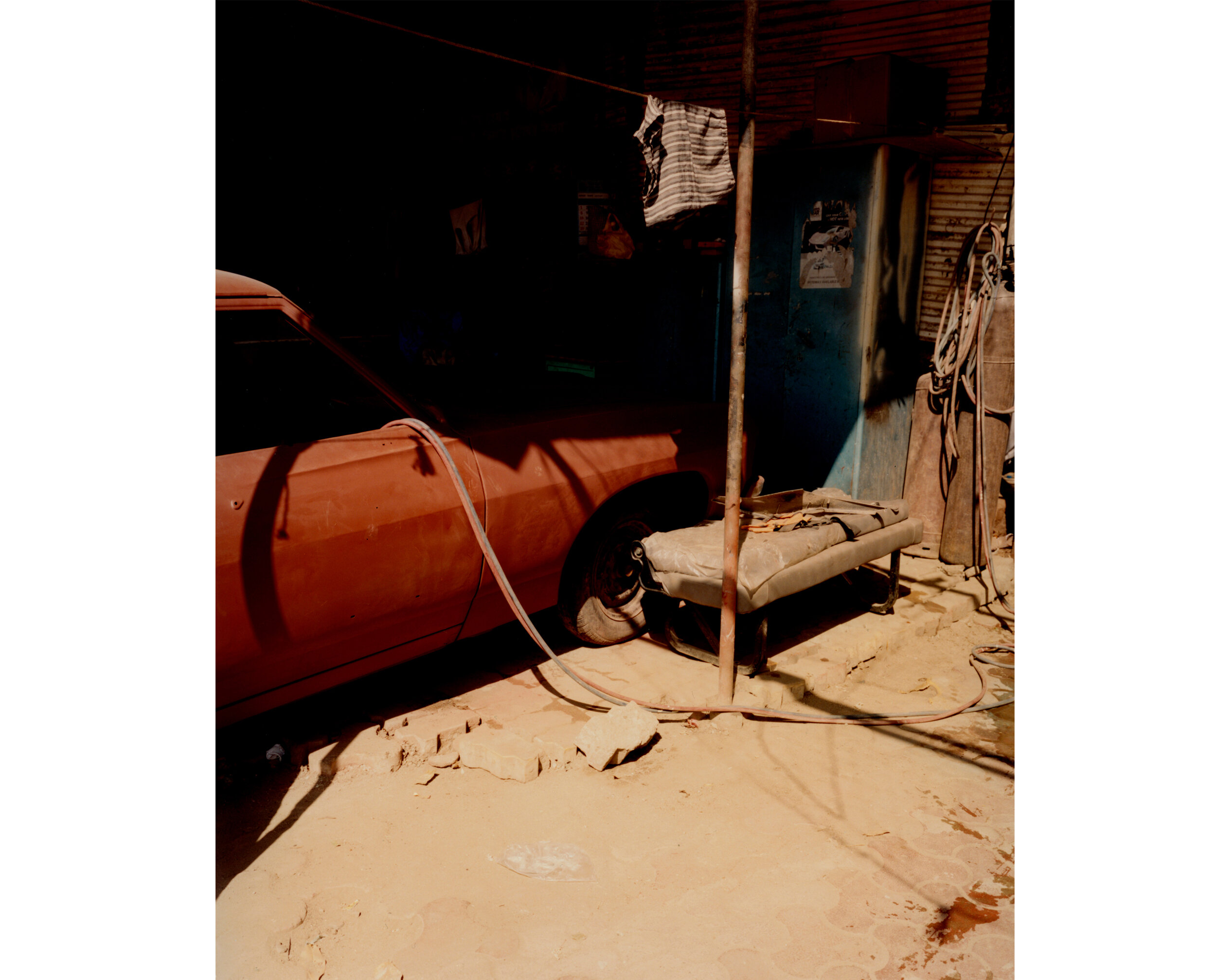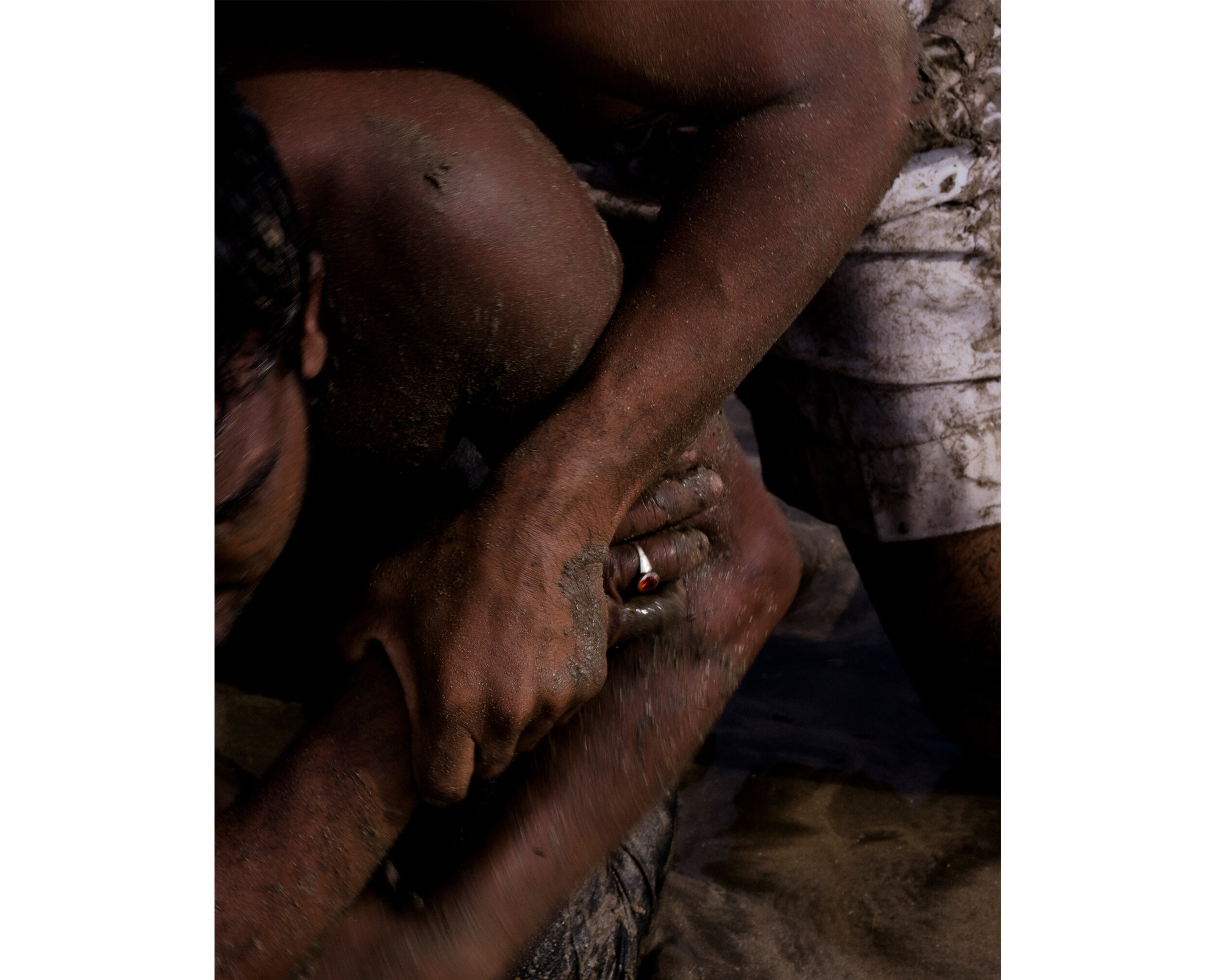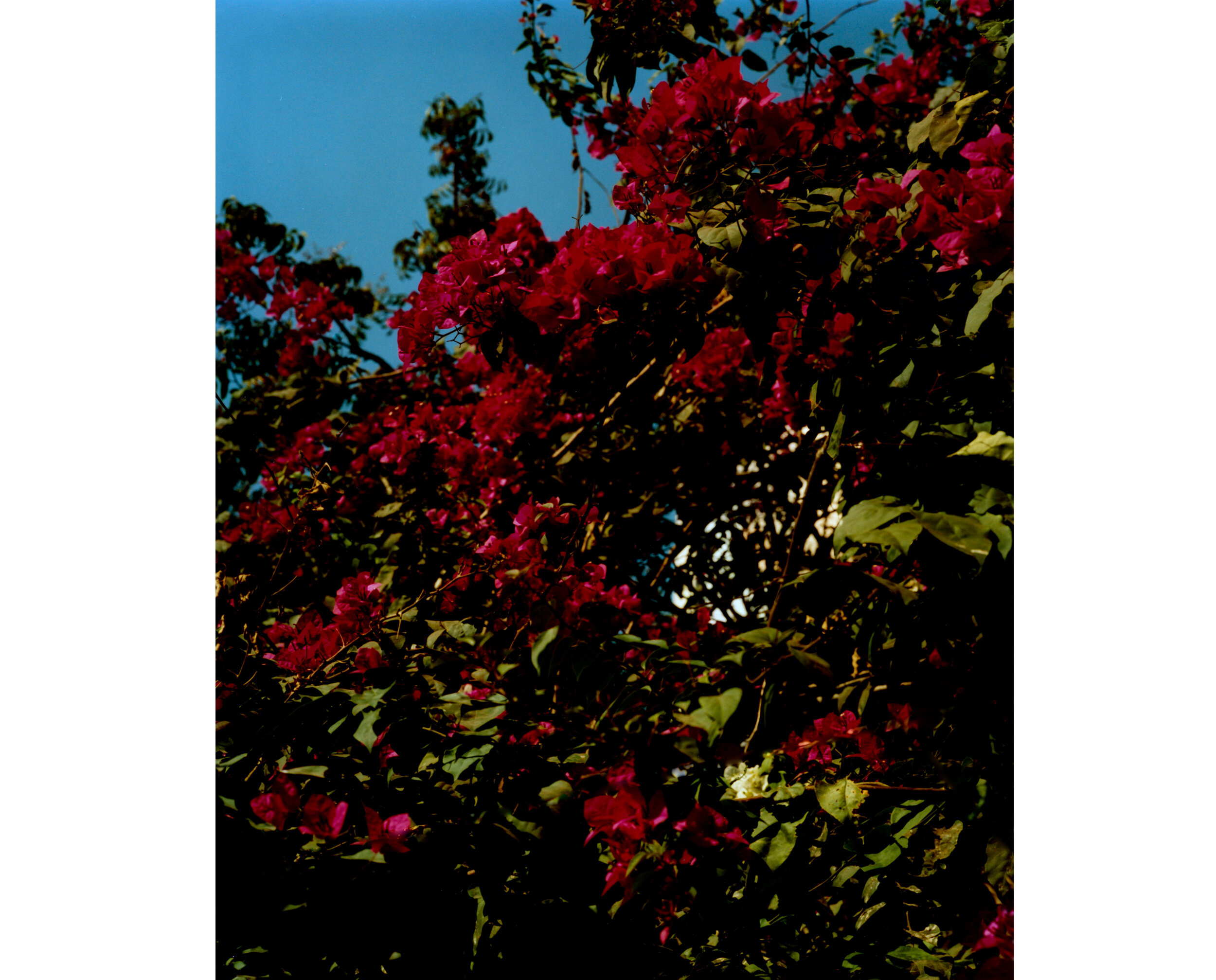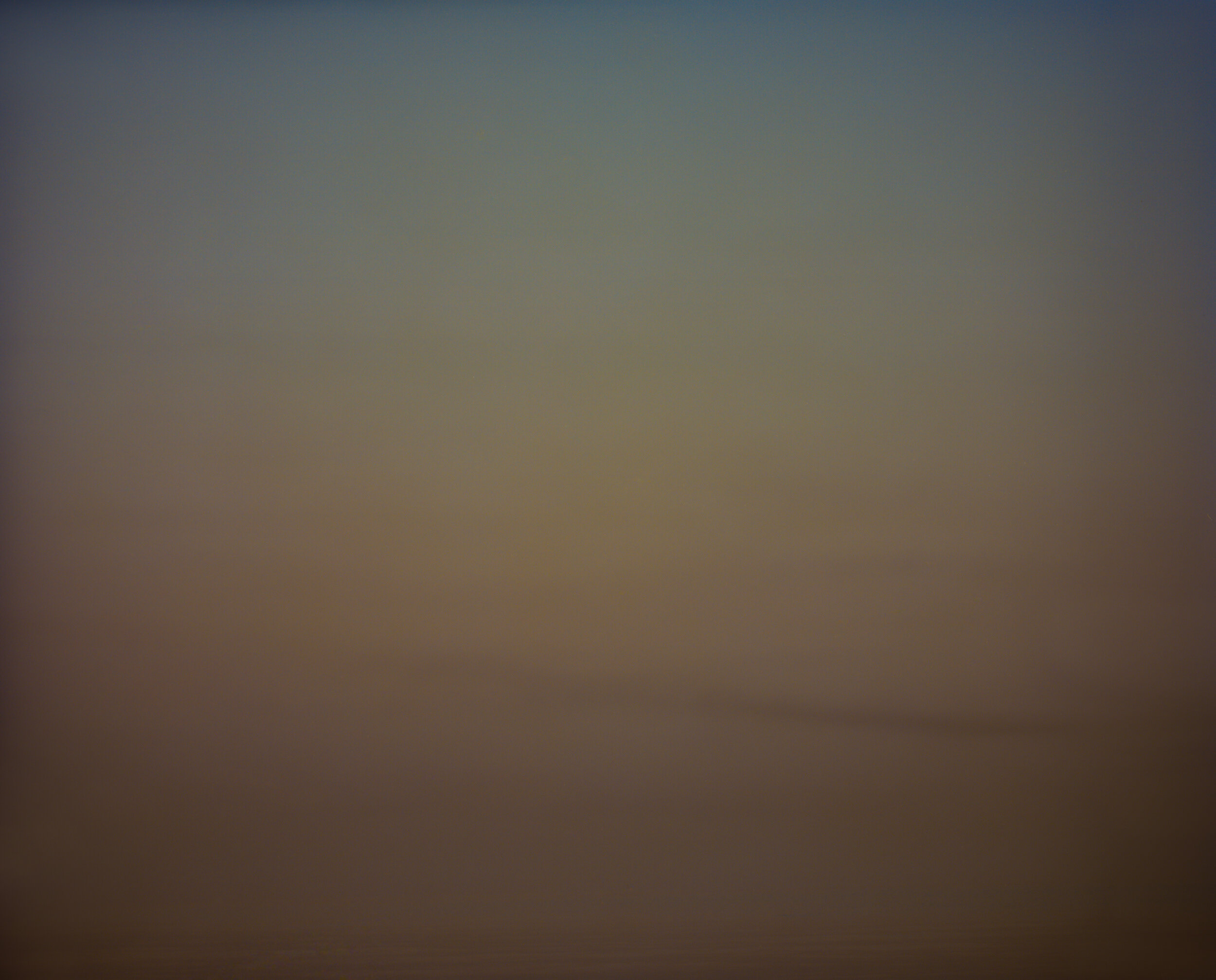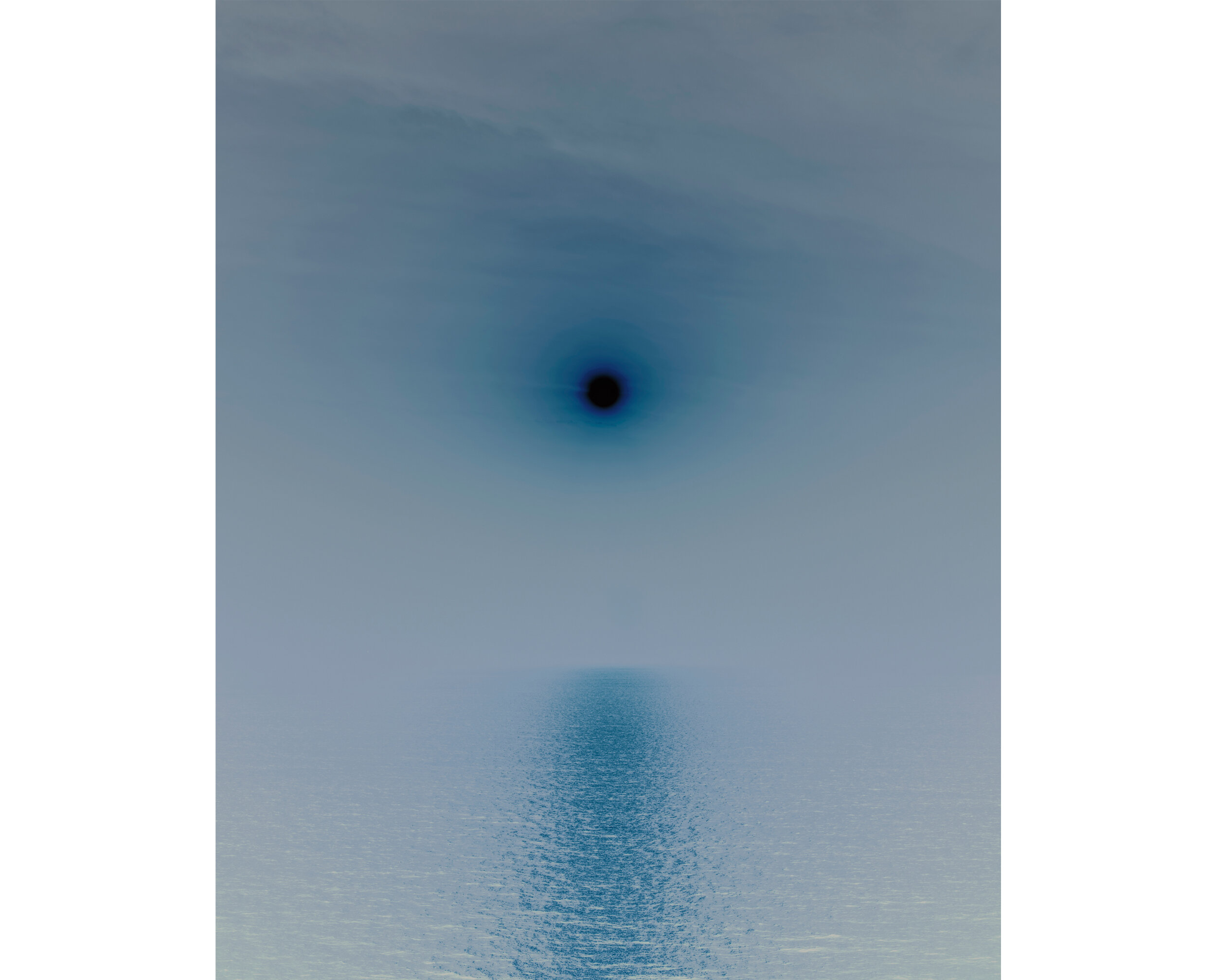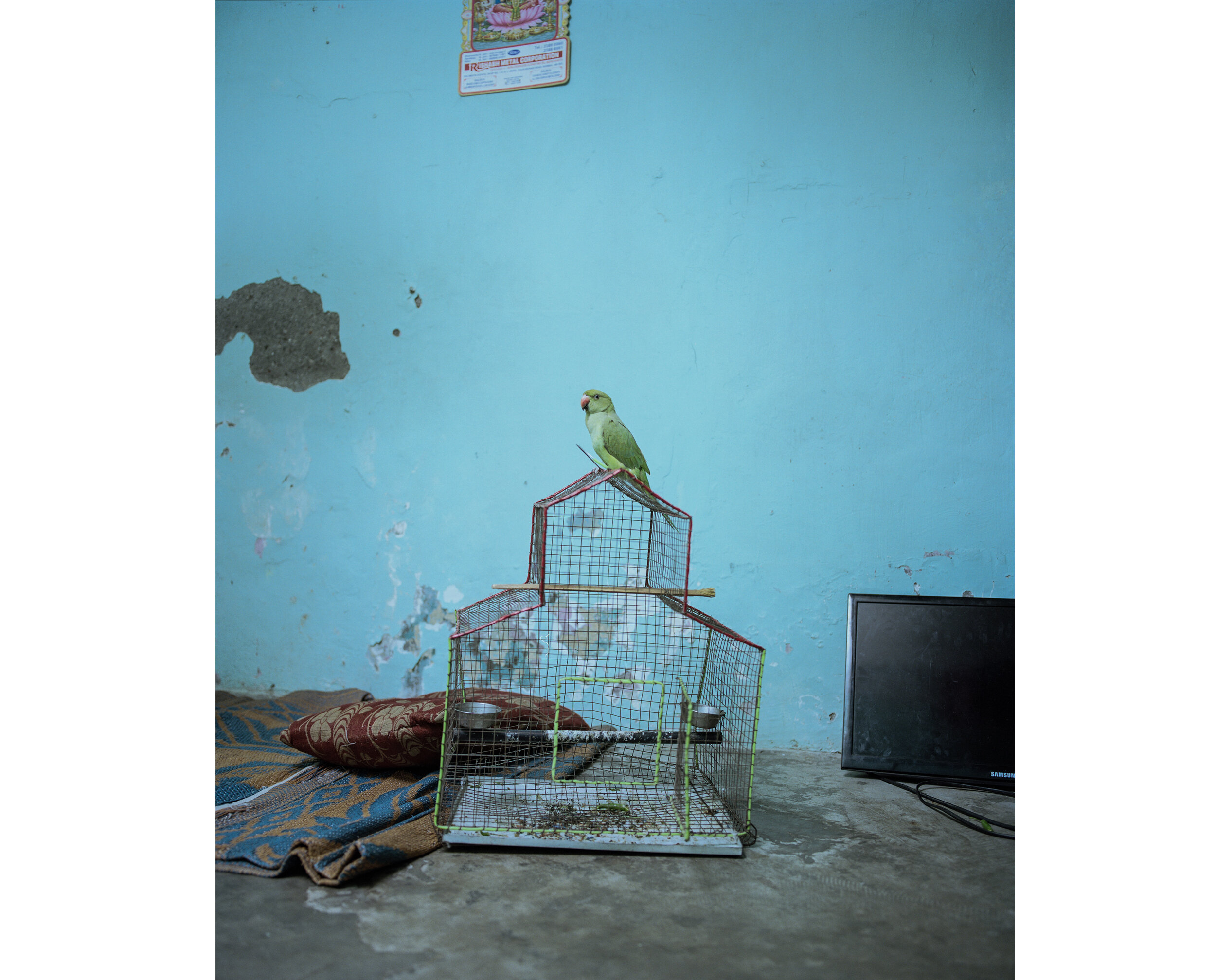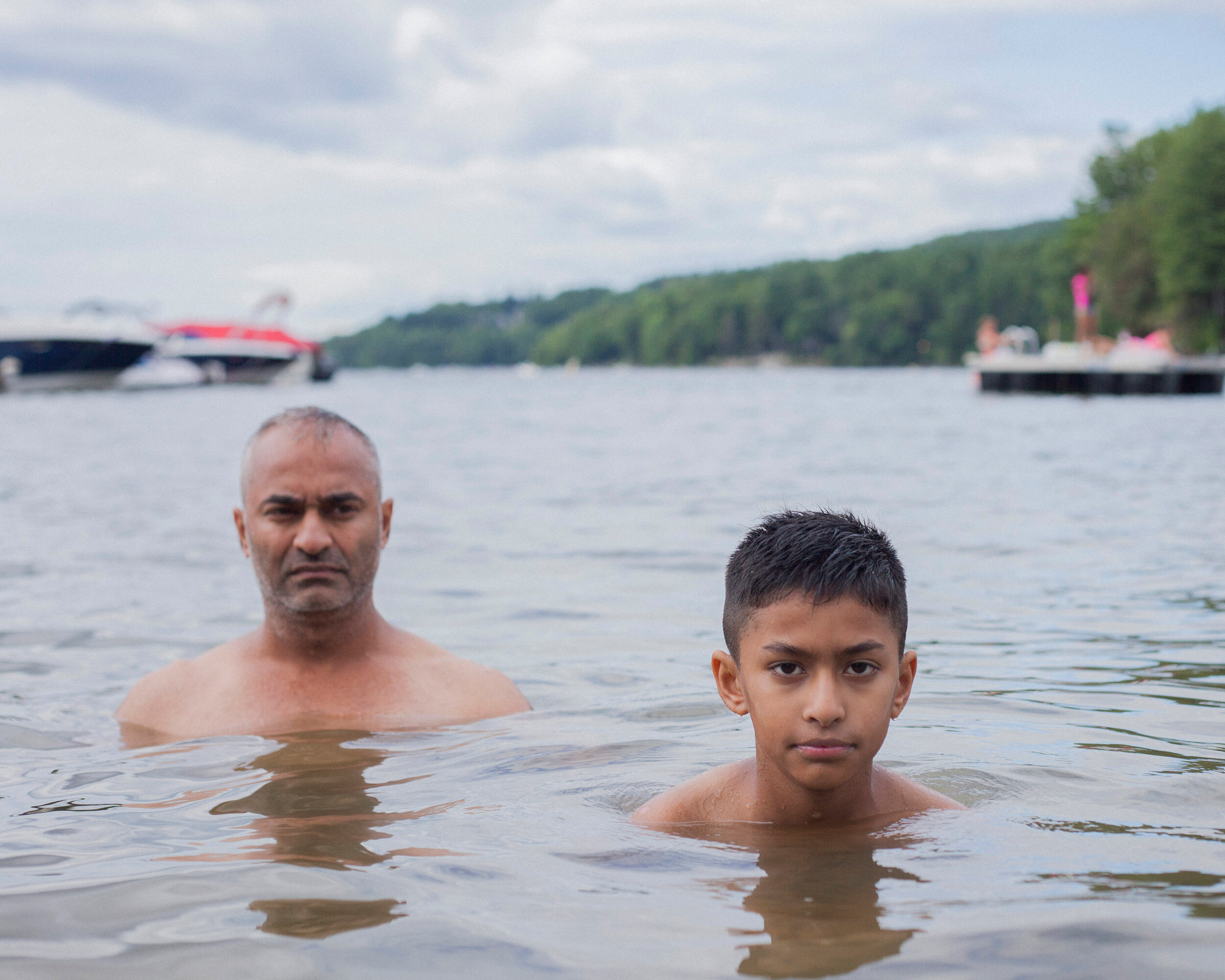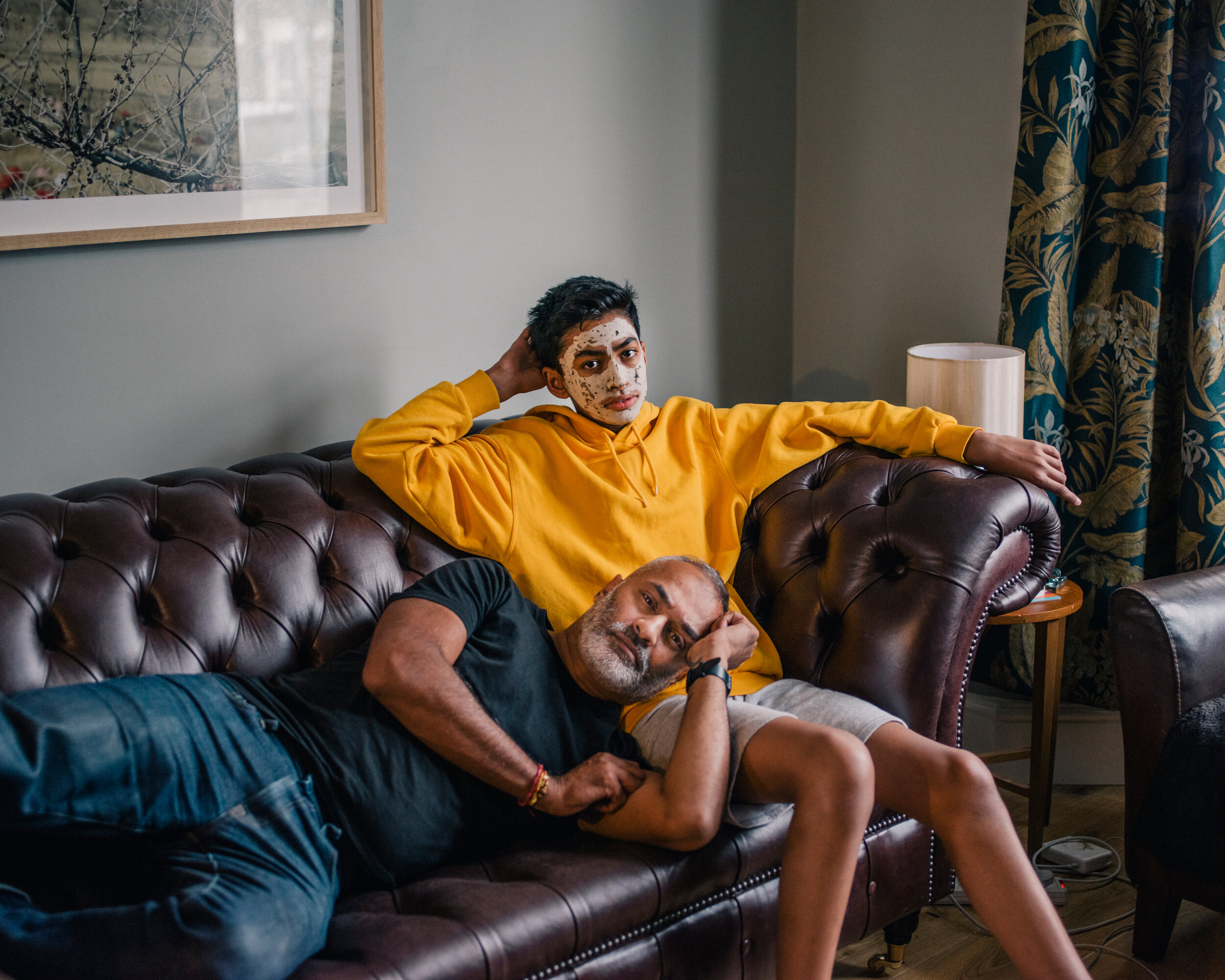Kalpesh Lathigra is a London born and based photographic artist. His work occupies the space between documentary and art practice. He originally studied a degree in law, before dropping out in 1992. He began evening classes in photography at Central Saint Martins and gained a post-graduate diploma at the London College of Printing. Kalpesh started his journey in the photographic field working for The Independent as a staff photographer. This led him into freelancing for national UK newspapers before undertaking editorials for magazines and eventually working on long-form personal projects.
Tami Aftab speaks with Kalpesh; discussing portraiture, his relationship with India, fatherhood - and how these all intertwine with photography.
When I asked Kalpesh who his first portrait captured, I wasn’t expecting the answer “Leonardo DiCaprio”. He tells me he began on a lot of ‘film junkets’ assignments, shoots which had no backdrop, lights, or props - and had to be taken in a short amount of time in a way that was relevant and engaging. “That shoot taught me a lot, very quickly, about what a portrait can do for you and how it can have legs. I had an agent contact me within a day for syndication, and for the next 5 years I had cheques coming every month for that shoot”.
By opening his eyes to portraiture, Kalpesh shifted into magazine work which gave him increasingly varied jobs from photographing a-list actors to members of the general public. However, this wasn’t part of his game plan; “I worshiped at the altar of black and white photographers, I was originally a classically trained reportage photojournalist!”. A shift in Kalpesh’s style was influenced by the American colour photography movement around 2005, work such as Alec Soth’s Sleeping by the Mississippi.
“I also didn’t want to get stuck in a rut and fall into looking constantly at social media. There tends to be trends where portraits are made, and I try my best to walk away from that”.
As each new generation and wave of photographers emerges, Kalpesh has continued to embrace fresh ideas by staying in touch with the ever-growing community. “I don’t want to feel like I’m old, the people I’d train with at my boxing gym would be 18-25 year olds. They gave me the energy to be part of something, and that’s the same for me in photography”.
The creative dialogues we have between us helps us to grow as artists and as Kal notes “it keeps us relevant”. In 2014, Kalpesh took part in a residency with Lightwork in New York, where he met fellow artist Daniel Shea. “We had a very different way of seeing, but the conversations we had and critique of the work brought us together, and now I count Daniel as one of my closest friends”.
Kalpesh's most recent project Memoire Temporelle is a collaboration with editor Emmanuelle Peri. The story is based in Mumbai, India and looks at the surrounding ideas of perceived and real memories. Emmanuelle is a Photography Director in London with a background in Art History and Museology. “She educates me in an intuitive way that shows confidence in my work. My parents gave me a literary education, but not a visual one, Emmanuelle has taught me intuition. I feel lucky that throughout my photographic career, I have had a lot of serendipity, people who have helped to push me and my work forward”.
Kalpesh has been sharing work with Emmanuelle for Memoire Temporelle over the last four years, discussing a longing for a place that doesn’t exist, one of immigrant diaspora. “Inspired by those around me, I have learnt to depart and experiment from my practice, and given myself the permission to just be free”.
“People born in the country they’re taking images of make very different images, the narratives and languages portrayed are subtle. There is certainly a validity to how I see India, as a second generation immigrant, but I can’t take away the fact that I’m still an outsider”.
Like Kalpesh, I’m also a second generation immigrant, with a father from Pakistan. I’ve only visited the country a handful of times and there’s a longing to learn more about the other half of my identity I feel distanced from - and a sentimentalisation of a place so close but also so far. It was unsurprising that our conversation meandered into the question of identity in photography. When born and raised in London, despite heritage, British culture becomes embedded in both personal identity and the constantly surrounding visual language of newspapers and magazines, for better or worse. Kalpesh tells me “I was aware that this must have impacted my idea of India, and how I had romanticised it”. The idea of the East, in Western photographer’s eyes, looks very different as we’re coming from a different point of view”.
Where Kalpesh often feels at home in London, he also captures those who are no doubt closest to him, his children Maya and Sehn. “Maya loves her clothes and is into her art, sculpture and sciences. But Sehn is more in tune to the visual language, especially in terms of popular culture and has an opinion about it. It’s disarming, and they can say something that will completely throw me and have to really think about it. That all feeds into my photography now, it’s very different and more pronounced and staged at times”.
Sehn became more interested in modelling and actively wanted to partake. “I started photographing him properly at around 5-years-old, filming him with my Canon 5D. I think I was influenced a lot by Larry Sultan, my good friend Doug DuBois, and of course you can’t get away from Chris Anderson”. Kalpesh started to see taking photos of his children as a love letter to them. “I really struggle with fatherhood, with trying to make a connection with my kids and I started to feel that there was a distance. Photography allowed that to be documented with Sehn, and became a way of connecting”. Now that Sehn’s a teenager, Kalpesh described that he’s far more aware of how he looks and how he prefers to be photographed. He’s conscious of his fashion, smell, the way that he talks. “It started to make me question, how do you shake off your father’s authorship? In a way that he can react as him when being directed by another photographer?”
Sehn
Maya
I asked Kalpesh to think about which portrait holds the strongest or most loved memory. “I photographed Muhammad Ali, before I would even call myself a photographer. He was promoting a book by his best friend, and personal photographer, Howard Bingham. The image was shot on an old Fuji SLR camera… I guess that the image is the confluence of the loves of my life, photography and boxing”. What’s even more touching, is that the book is about friendship, and is indicative of the journey Lathigra has had within photography and the people that he met along the way. “Photography has massively impacted my life, it represents who I am. Why do we take photographs? We’re all story tellers in one way, but the stories you tell lead you back to yourself and who you are. I used to think I was this independent photographer, shooting stories I deemed interesting, but the stories are mainly rooted in myself. There is an essence of me in every portrait I take”.
www.kalpeshlathigra.com
@kalpeshlathigra
Memoire Temporelle is due to be published as a photobook. Keep your eyes open for more of Kalpesh’s series as it develops.

